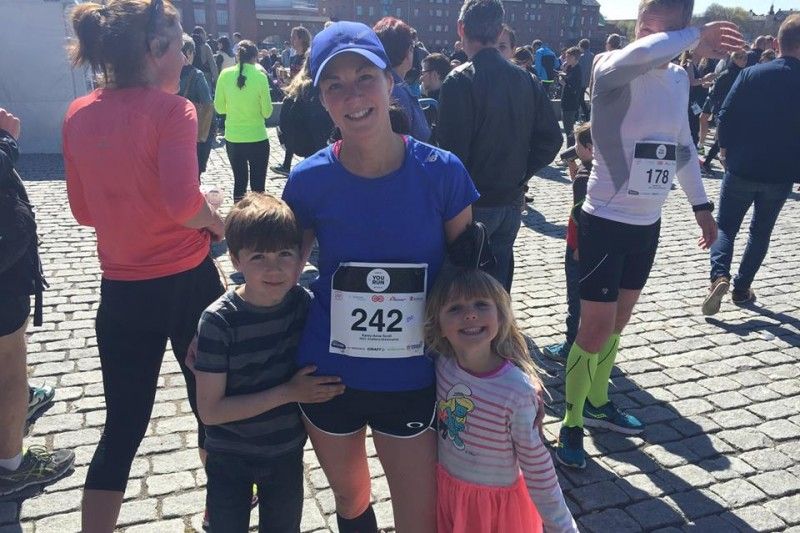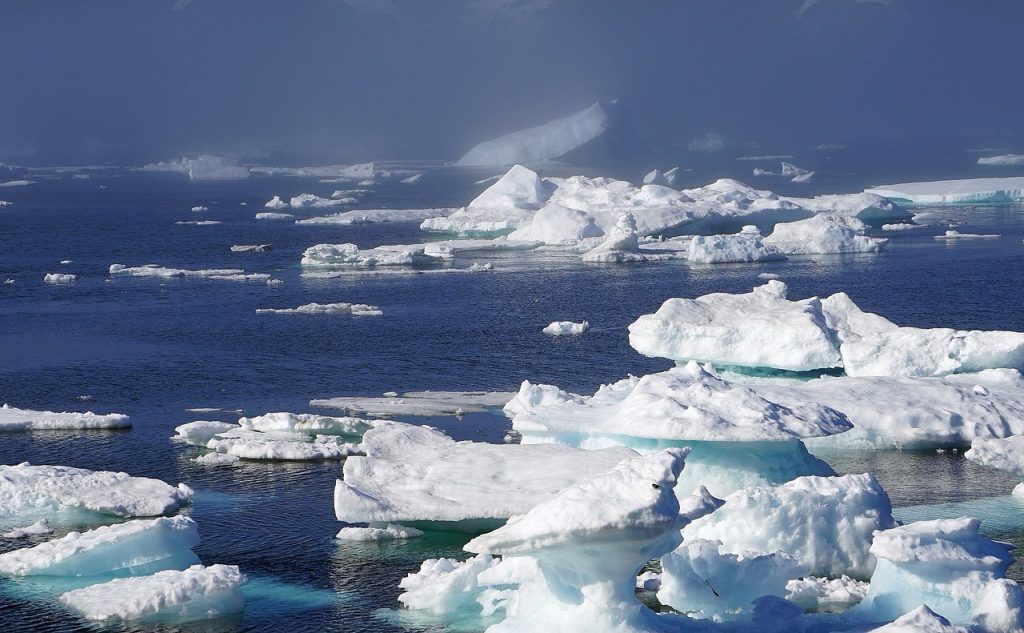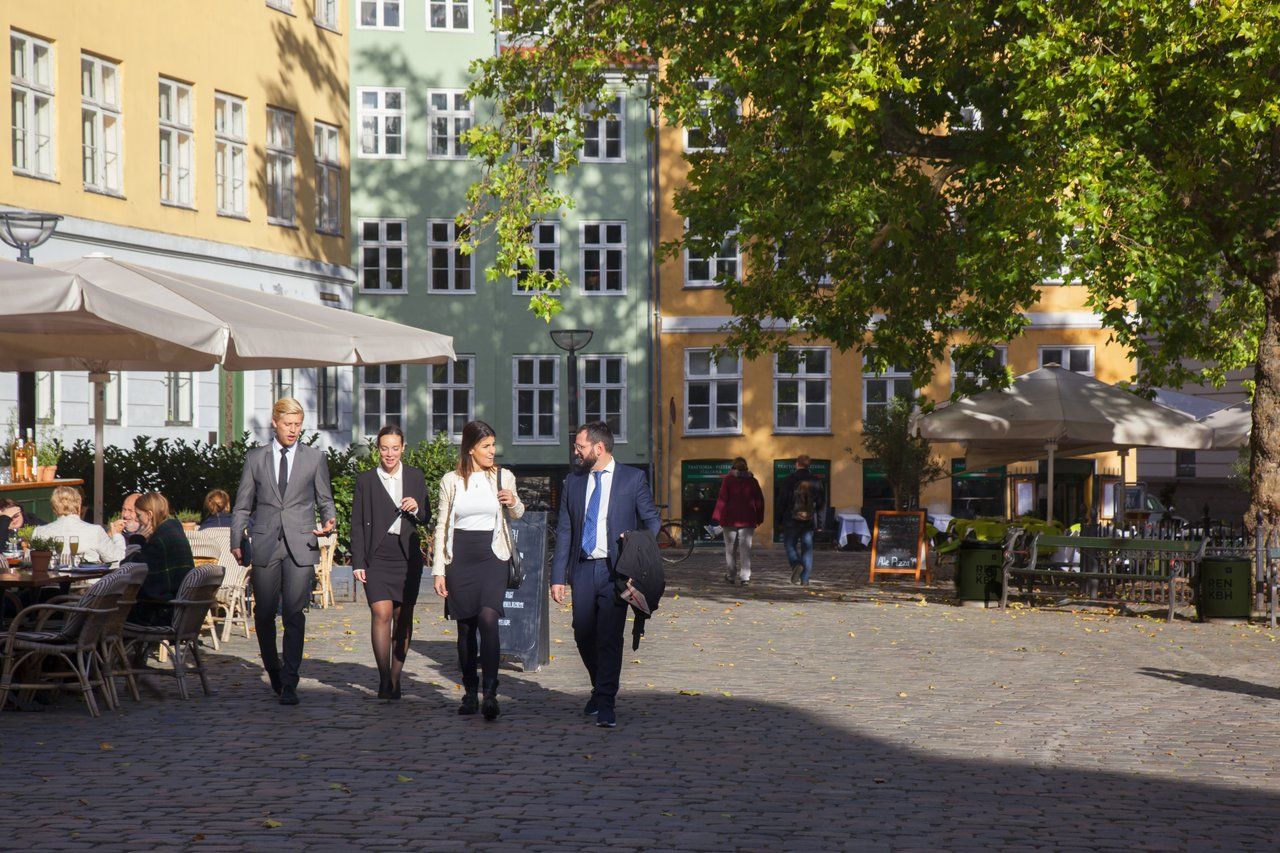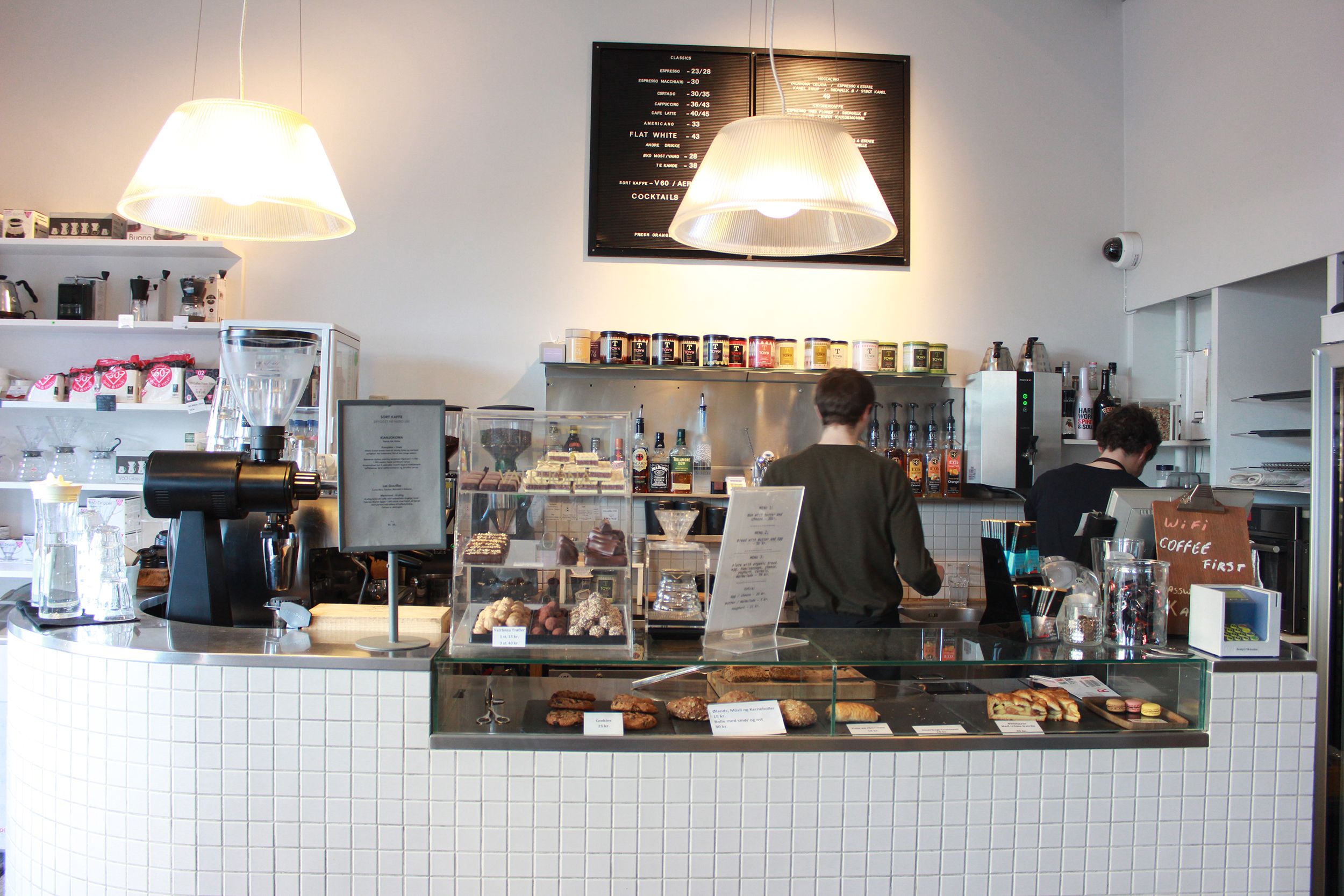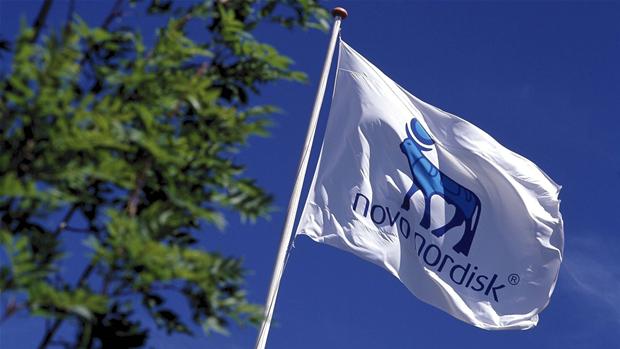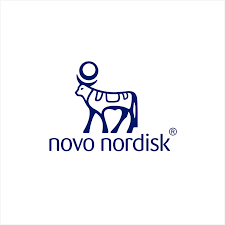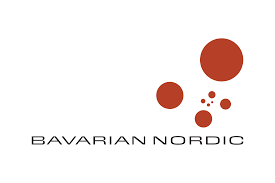When Tom Petty wrote the song ‘Runnin’ down a dream’, he probably didn’t mean it literally. But for Karey-Anne Scott, a Brit living in Copenhagen, the term doesn’t get any more literal.
In the aftermath of a brush with cancer, Scott is attempting to raise awareness of the disease by taking part in six marathons before the summer of 2016.
Scott, 36, has never run a marathon before and found solace in running following her divorce three years ago. Shortly afterwards, however, she was forced to stop running after being diagnosed with early-stage cervical cancer.
Now, after overcoming the disease, she is once again turning to embrace that solace and turn it into inspiration. By running.
“I have never run a marathon before, so this is no easy task. I ran my first ever half-marathon in May 2015 and happily raised money for the Danish Cancer Society,” Scott told the Copenhagen Post.
“I would love to show my children that I can do this. That no matter what, you do not have to settle [for your lot] and choices are always there to be made.”
But three weeks before her first marathon in Berlin, a challenge has popped up that the mother of two can’t run from. Taking part in the six marathons requires funds for registration and travel and Scott has taken to the crowdfunding site GoFundMe in order to raise the necessary funds to make her dream come true.
Scott, who has lived in Copenhagen since 2004, hopes to raise 10,000 pounds (about 102,000 kroner), and so far, in 24 hours, she has received 155 pounds (about 1,600 kroner). Check out Scott’s GoFundMe site here (in English).
READ MORE: Danish cervical cancer risks falling though the cracks
Not backing down
Aside from the Berlin marathon next month, Scott has already registered to take part in the 2016 marathons in Barcelona and Tokyo and she aims to sign up for marathons in Nice, Paris and Copenhagen as well.
Scott’s compelling story has gained momentum recently and the British media outlet ITV Calendar is monitoring her progress with a view to documenting her training and perhaps filming her efforts in Berlin.
“I now have check-ups every six months to make sure that none of the cancerous cells have returned. I’m plagued by the nightmare that it may come back, but refuse to give up and let it get the better of me,” Scott said.
“I am due another check-up around that time and I would like to prove to myself that no matter what, I can do this and will fight it in the only way I know how. By running.”

